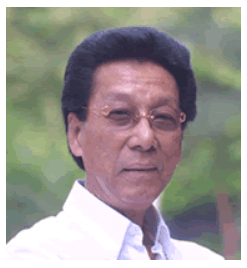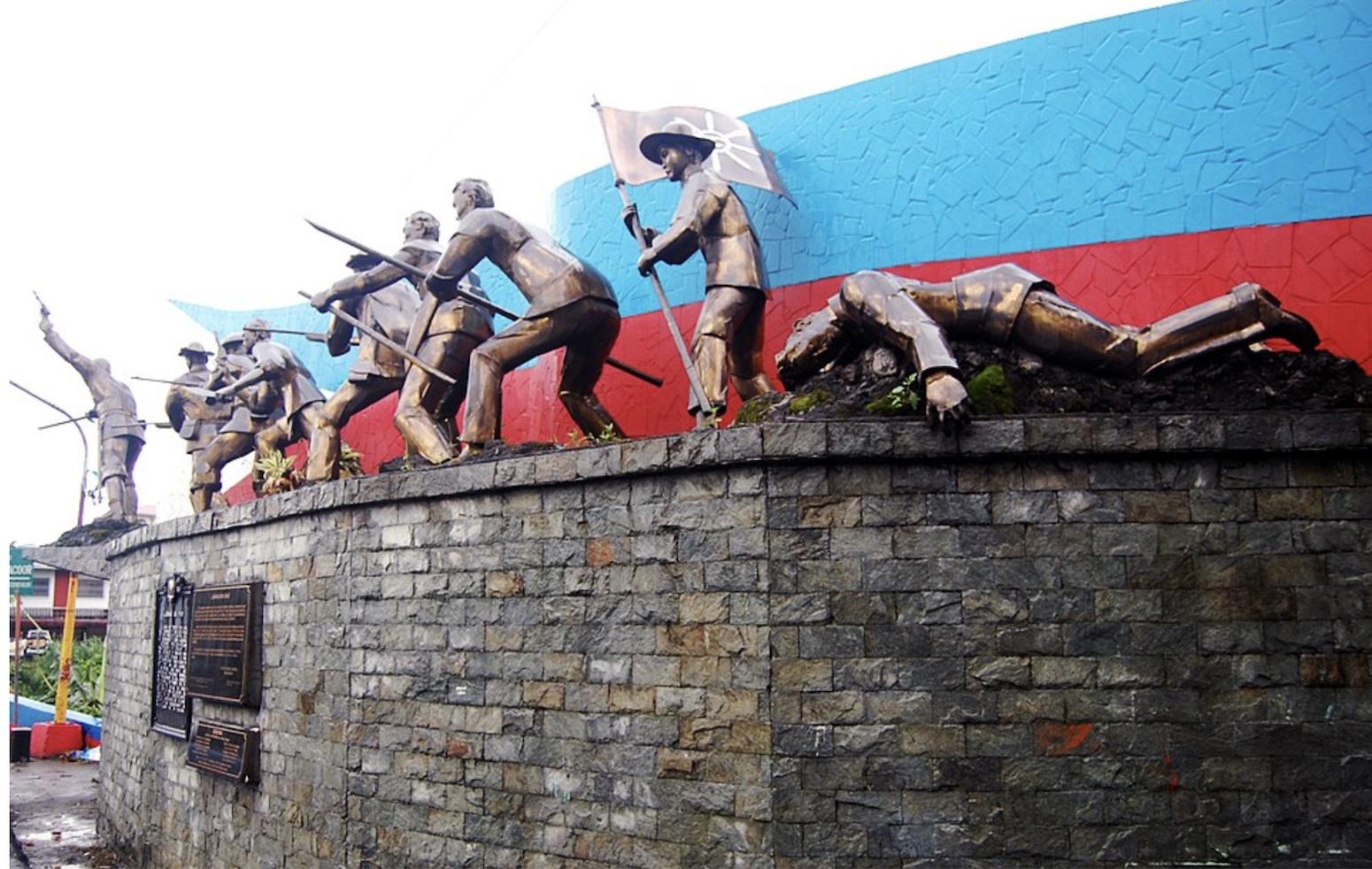IT’S a chapter in history that Filipinos would rather forget.
The Philippines’ first experience of martial law came during President Jose P. Laurel’s term, under Proclamation No. 29, dated September 21, 1944 which became effective the next day. Proclamation No. 30 was issued the following day, declaring the existence of a state of war between the Philippines and the US and United Kingdom. This took effect on September 23, 1944.
28 years later, history repeated itself. On September 21, 1972, under the authoritarian rule of former President Ferdinand E. Marcos, the country was placed once more under martial law from 1972-1981.
Those were the darkest, most terrifying years of the Marcos regime. Pres. Marcos’ objective was “to suppress increasing civil strife and the threat of a communist takeover following a series of bombings and a government-staged assassination attempt on then Defense Minister Juan Ponce Enrile in Manila.”
Initially, the declaration was well-received by some sectors,”but it eventually proved unpopular as excesses and human rights abuses by the military emerged, such as the use of torture as a method of extracting information.”
Pres. Marcos declared martial law as part of his efforts to save the Republic and to create a “new society.” In reality, civil rights were violated, and martial law proved only favorable to those who worked with government.
After Senator Benigno Aquino was assassinated on August 21, 1983, a People Power Revolution took place in February of 1986 that eventually ousted the dictator and forced him to flee to Hawaii and be in exile until his death in 1989.
However, the horror brought about by the martial law years of the Marcos regime wasn’t enough for President Gloria Macapagal-Arroyo to keep it at bay. The now infamous Ampatuan massacre in Maguindanao, which claimed lives of 57 civilians, was the trigger that brought about the executive decision on December 4. Ironically, the politically-influential Ampatuans have been closely associated with Pres. Arroyo and her landslide victory in Maguindanao during the 2004 presidential elections.
Since it’s imposition, dozens of civilians have been arrested for suspicion of formulating an uprising — a grim déjà vu of what some Filipinos believe may lead to an abuse of power by Pres. Arroyo.
Based on the Philippine Constitution, the foremost mandatory requirement for martial law to be declared is that an “actual rebellion should take place in the province.”
In response to questions raised regarding this matter, Executive Secretary Eduardo Ermita “pointed to the presence of armed groups supporting the Ampatuan family that were preventing the authorities from enforcing the law, which, he added, was frustrating the ends of justice,” according to Inquirer.net.
“Ermita said the government considered the ‘presence’ or ‘massing’ of the Ampatuans’ armed followers as ‘rebellion,’ one of only two grounds under the Constitution, aside from invasion, for the imposition of martial law. Ermita, however, conceded there was no actual rebellion taking place, in the sense of people taking up arms to withdraw allegiance from the central government or prevent it from enforcing the law.”
“The President has enough powers under the commander-in-chief provision of the Constitution to quell a ‘looming’ rebellion or neutralize the ‘presence’ or ‘massing’ of armed loyalists of the Ampatuans. She is authorized to call on the Armed Forces to accomplish that objective. What happened there was lawlessness. It was just a partisan conflict that did not require the imposition of martial law,” Albay Rep. Edcel Lagman said.
These are, perhaps, the foremost questions in mind of every Filipino: Should we allow history to repeat itself? Should we let our democracy die and the legacy of People Power be forgotten?
Let us remain vigilant in safeguarding our democracy and ensuring that the declaration of martial law will remain only within the borders of Maguindanao. (AJPress)
( www.asianjournal.com )
( Published Dcemb er 12, 2009 in Asian Journal Los Angeles p. A12 )





